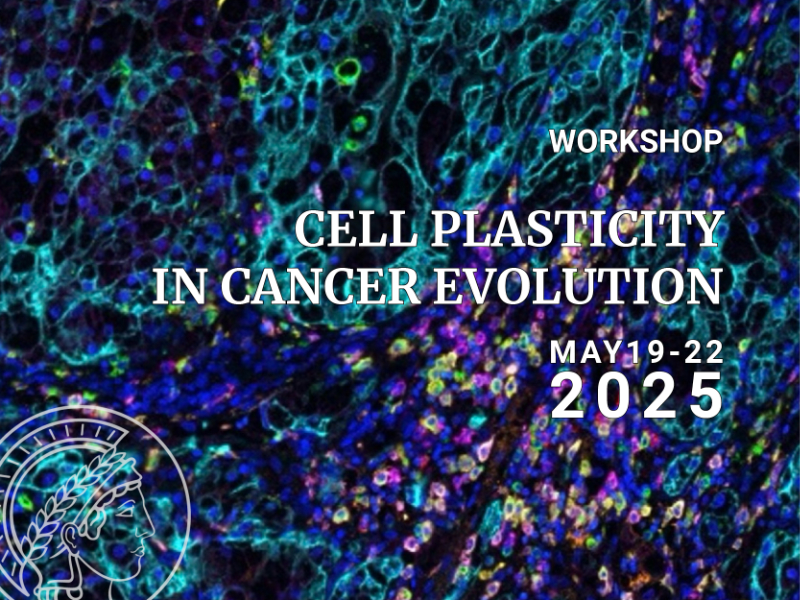Speaker
Description
Authors: Raafat Chalar, Yujie Xiao, Joon-Hyun Song, Naheel Khatri, Jowana Obeid, Andrew Chen, Fabiola Velazquez, Daniel Canal, Yusuf Hannun, Giovanni D'Angello, Mehdi Damaghi
Phenotypic plasticity and metabolic reprogramming in cancer cells are essential for their adaptation to their harsh tumor microenvironment (TME). Pre-existing cell states and phenotypic plasticity can define the evolutionary trajectories and eventually cell fates under TME selection pressures. Here we used spatial multi-omics approaches at single cell resolution followed by principles of ecology analysis to decipher the impact of the sphingolipid metabolic plasticity on the evolution of breast cancer cells under selection of acidic microenvironment. Cancer cells exposed to acute and chronic acid stress regulate their sphingolipid metabolism with an impressive level of plasticity to choose the ceramide metabolic pathway. Acute acid exposure induces ceramides accumulation that is toxic to the cells and needs to be cleared so the cells survive. Remarkably, cancer cells with long term acid exposure efficiently suppress ceramide accumulation by utilizing various ceramide metabolic pathways. CRISPR/Cas screening revealed the ceramide-> Sphingosin-1-P (S1P) pathway is essential for cancer cell viability under acidic conditions. Notably, multiple Ceramidases (CDases) and Sphingosine Kinase-1 (SPHK1) were significantly upregulated in both in vitro and in vivo acidic environments. When S1P was blocked, cancer cells still survived implying their plasticity. We then performed single cell multi-omics (RNA/ATAC) sequencing data to capture heterogeneity of response in response to acid seeking for alternatives for S1P path.Transcriptome analysis revealed over expression of several enzymes of glucosylceramide pathway in acid adapted cells. We then blocked both S-1-P and glucosylceramide pathways and cancer cells still survived. To explore the plasticity of ceramide metabolism, we investigated all four major metabolic pathways in 3D spheroids and patient-derived organoids. Using MALDI mass spectrometry, we confirmed the mechanisms of action of targeted inhibitors and observed pathway switching when one metabolic route was blocked. Our findings revealed a high degree of metabolic plasticity in cancer cells, showcasing their ability to adapt by redirecting metabolic flux under selective pressure. Leveraging this plasticity, we employed sphingolipid metabolism inhibitors in patient-derived organoids to manipulate cancer cell behavior and evolutionary trajectories. This approach aimed to shift the adaptive landscape of cancer cells as part of an evolutionary therapy strategy, offering a promising new therapeutic avenue that targets cancer cell resilience and adaptability.

